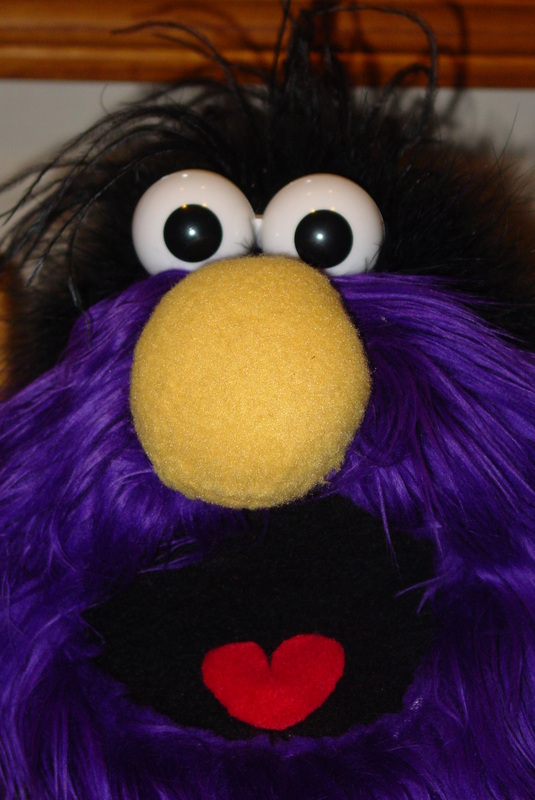
Purple furry monter happy to have a tongue
Time to get purple furry monster's tongue into the mouth. I cut the tongue in a heart shape from red fleece. (Just like cutting a heart from paper folded in half!) I hot glue the tongue in after I set it in a couple different positions to get it "just right". I've found it's good to walk at least 6-10 feet away to get a good look at how it looks from farther away.
This puppet doesn't have teeth, but I think this a great place to talk about how I do teeth. I carve them with an embroidery scissor from latex makeup sponges. For the particular teeth shown in the pictures, I also "aged" and added plaque to the teeth with 3 different shades of brown markers.
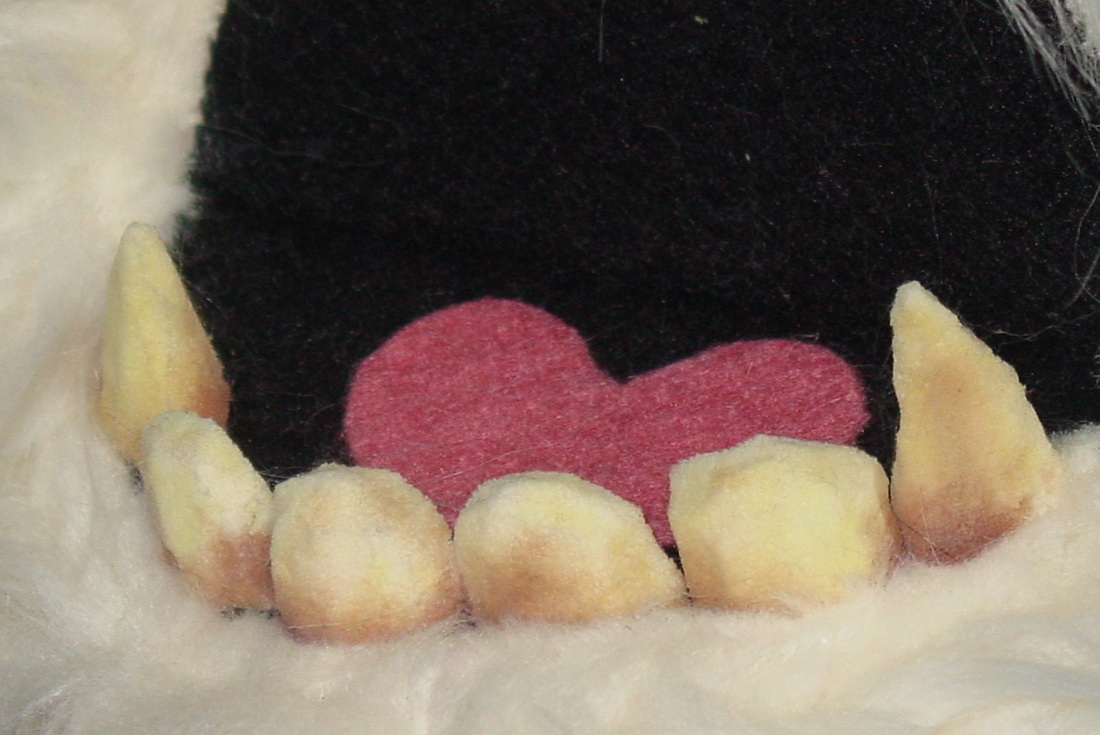
Grungy monster teeth built from makeup sponges
Sewing, sewing and more sewing on the furry monster puppet. No pictures- only because I've already shown you how I sew- it would be repetitive. Instead I will give you a sneak peak at a new puppet I am in the early process of designing. It will be worn around the neck like a stole. The head will be rigged to a bracelet on the singer's wrist, so it will move the fox's head when the singer's arm moves.
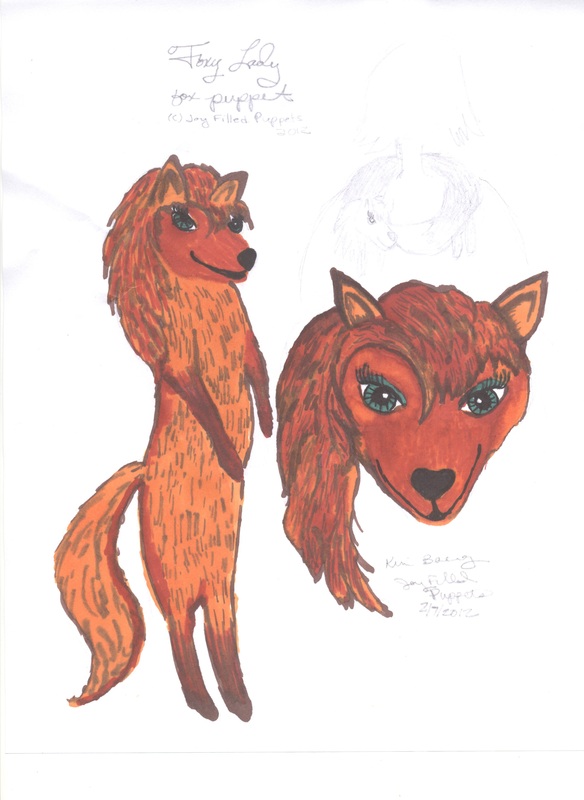
Color rendering of my design for a foxy stole puppet. (c) 2012 Joy Filled Puppets
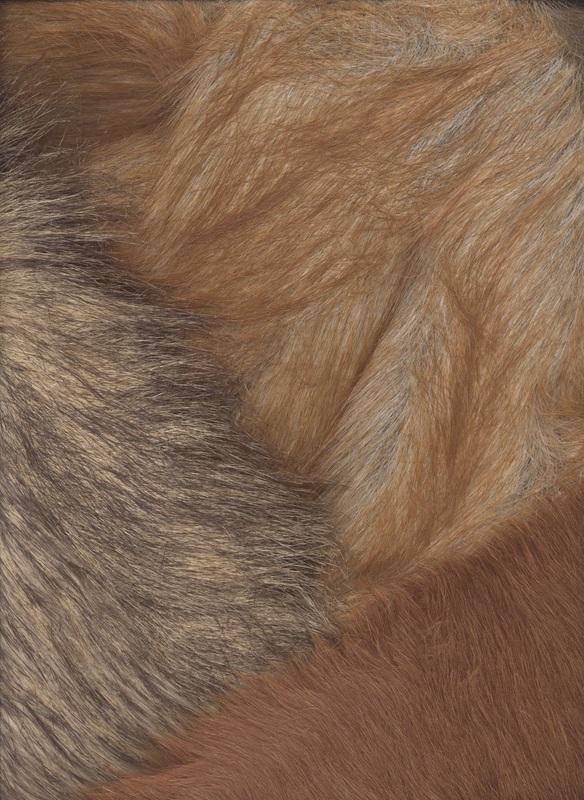
Furs that will be used for foxy stole puppet. Top right- body, Bottom right- head and paws, Left side- tail.
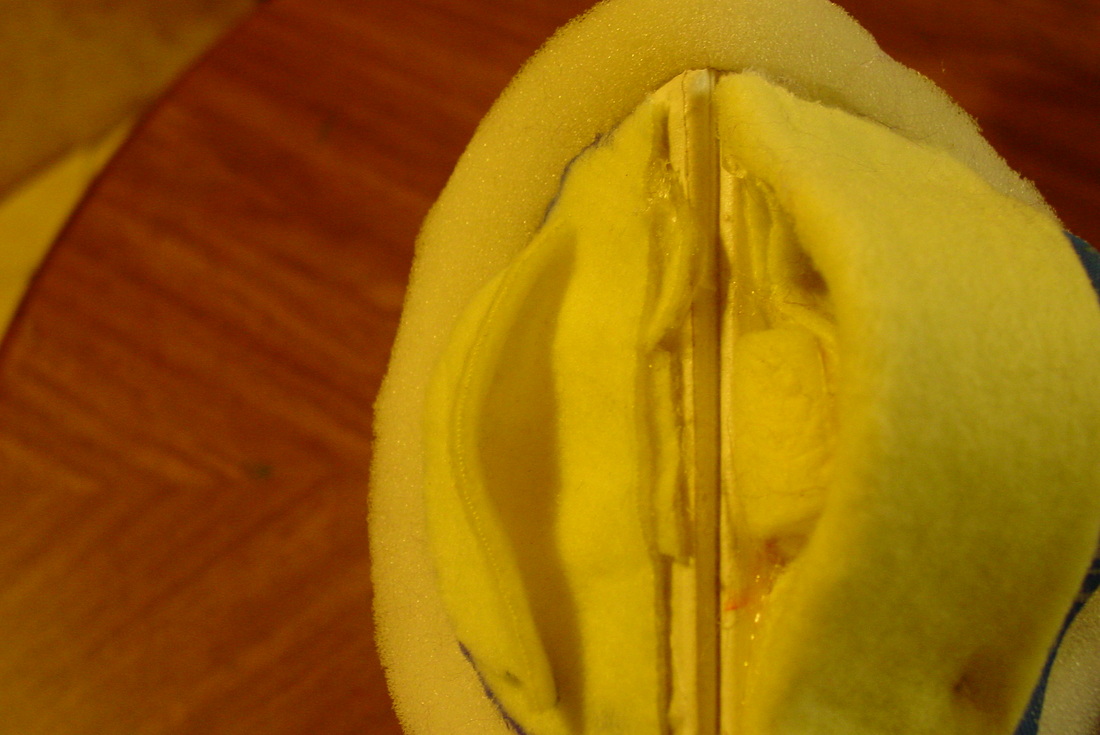
Mouthplate with bottom thumb pocket sewn in.
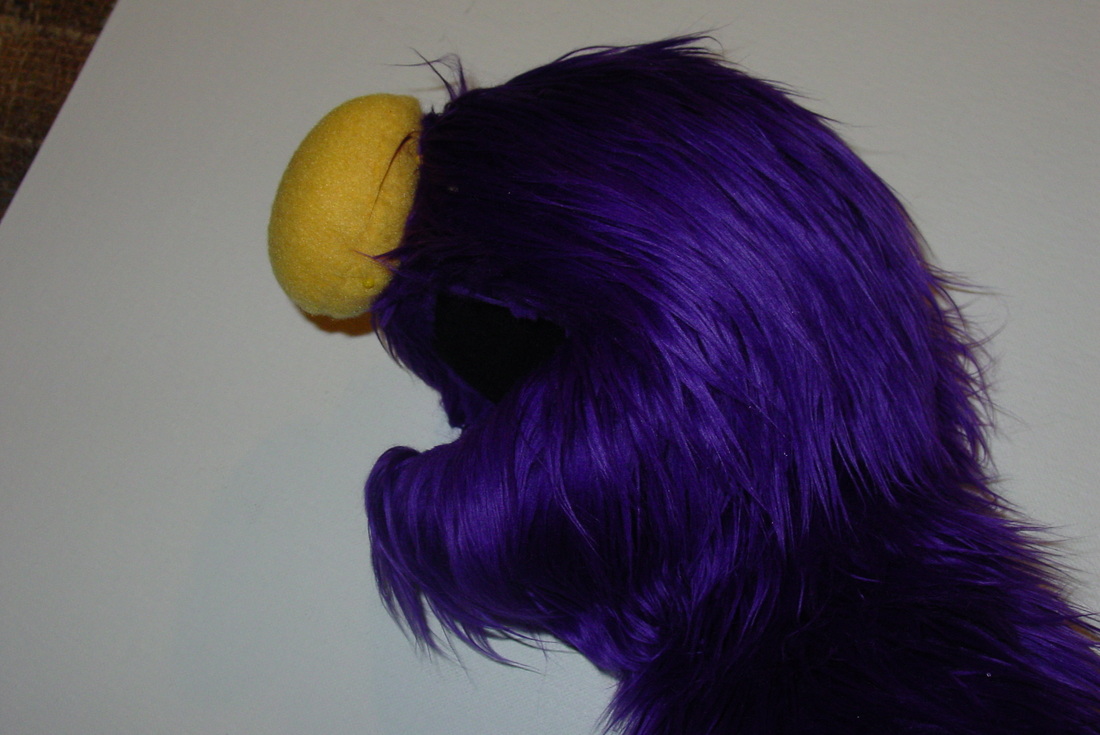
Nose pinned on to check for placement.
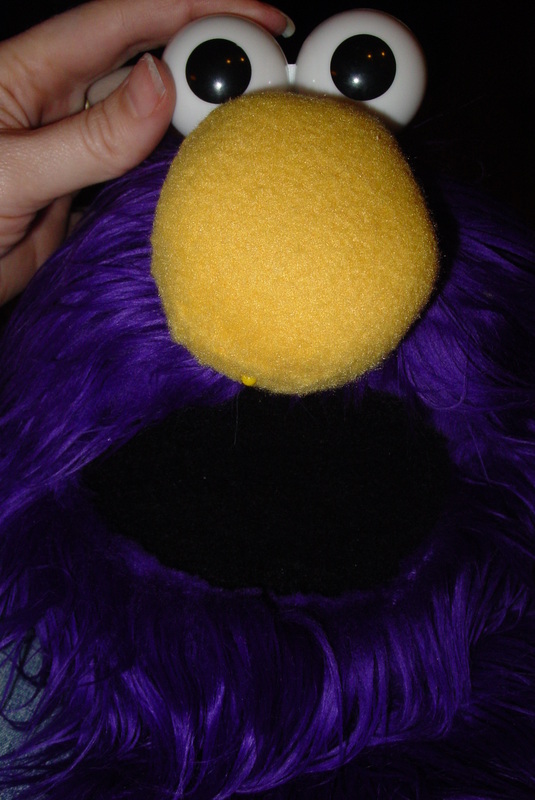
Nose pinned on, holding eyes up to decide where they LOOK best.
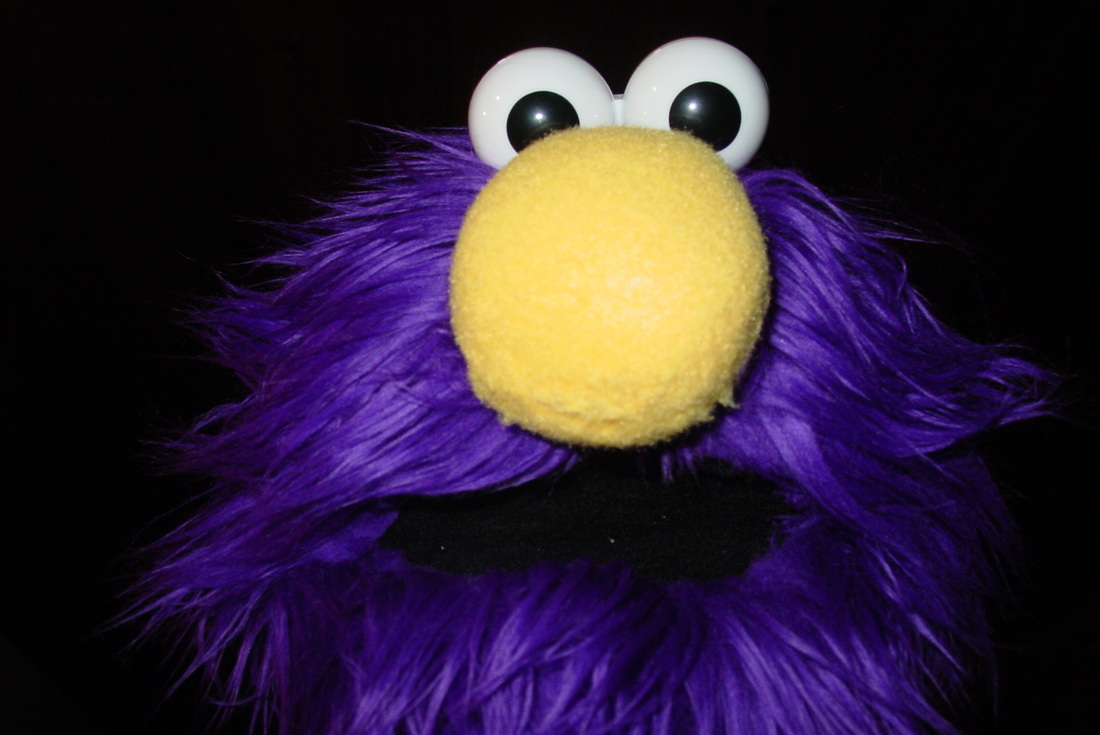
Puppet head after permanently attaching eyes and nose.
After finishing up the mouthgrip on the mouthplate inside the head, I get to turn it right side out again. I add the foam skull piece back in, in order to decide the placement of the nose and eyes. I can pin the nose on temporarily, then I can see where the eyes should go. This is a very important part of the puppet build, because the "focus" of the eyes needs to be just right. I want this puppet to appear to be almost peeking over his nose directly at the camera/audience. I used the seam as a guide to center the nose and the eyes, and decided on placing the eyes about 2 finger widths back from the top of the nose. This is going to differ from puppet to puppet. I really take my time getting the placement decided. I pin them where I think they should go- then I look at them straight on and from the sides. I also have other people look at them. (My kids are great critics!)
Before I sew the nose in place, I trim up some of the fur that will be directly under it (makes it lie flush to the head). After sewing the nose. I mark to small areas to cut just enough room to slide the posts from the eyes down into. I add the push-nuts onto the posts from the inside and they are locked in!
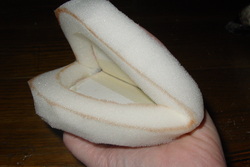
The mouthplate is the most important functioning part of the puppet. It really is the heart of the puppet, where all the life comes from. It needs to be easy to manipulate. Each puppet builder has their own preferred way of building a mouthplate. I build this mouth from very heavy cardboard (it's from an artist canvas). I place the two halves of the cardboard a little ways apart, then tape them together with masking or gaffers tape. Then, I glue the cardboard piece into the foam. All this will be glued to the inside of the fleece mouth- which I will show you on the next post. :)
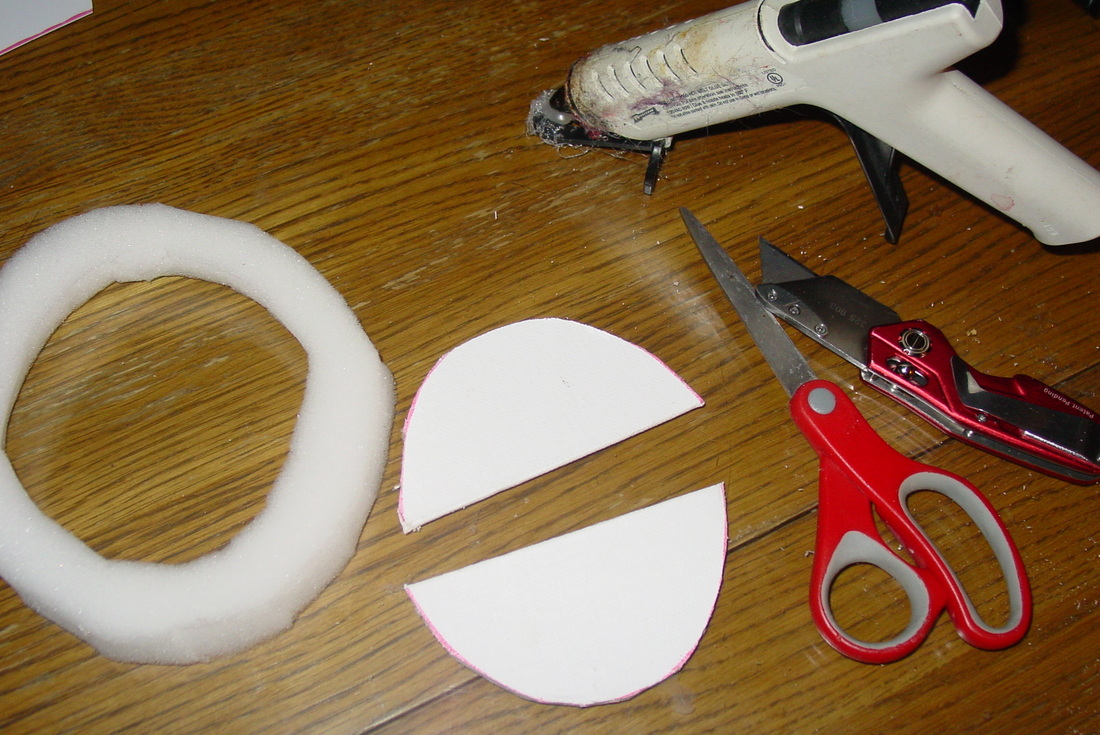
Parts all ready to assemble mouthplate
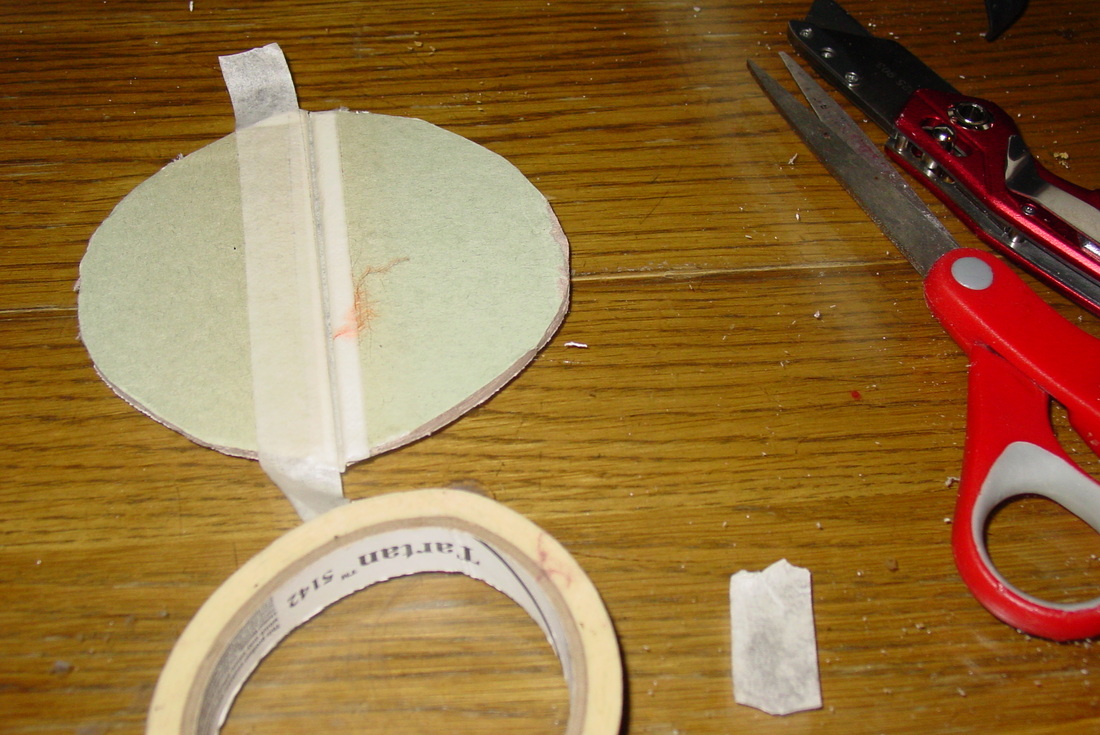
Taping the halves together before gluing into the foam piece for mouthplate.
This step is pretty simple. I like to cut out my mouth plate from fleece, although many people prefer using felt. This whole step is done with the fabrics inside out. After pinning the fleece to the fur- I sew it together (once again!) with the whip stitch. Then, I turn it right side out, just to see how cool it looks- and if I need to fix anything. :) Tomorrow, I will be working on the rest of the mouthplate parts.
(Technical note- Been having a bit of trouble with the blog stats and comments today, so if you sent something don't worry- I'm sure it will be on tomorrow when weebly works the bugs out. Another option is to send me a note on my Joy Filled Puppets page on face book.)
I did a lot more pinning and sewing today. Whip stitch is the boss- works best for me for speed and durability. As you can see in the picture of the inside-out fabric, I pin all the pieces to each other before sewing. I like to do it that way so I don't have to stop to pin every couple of minutes. I've used a brown colored thread so you can see where the stitches go. This Projectpuppet.com pattern has the three body parts- head, neck and torso. It goes together really smoothly. I just love this fur- so glad I will have quite a bit more leftover to play with for other puppets and parts. So fun! Tomorrow, I will be working on the mouth plate.
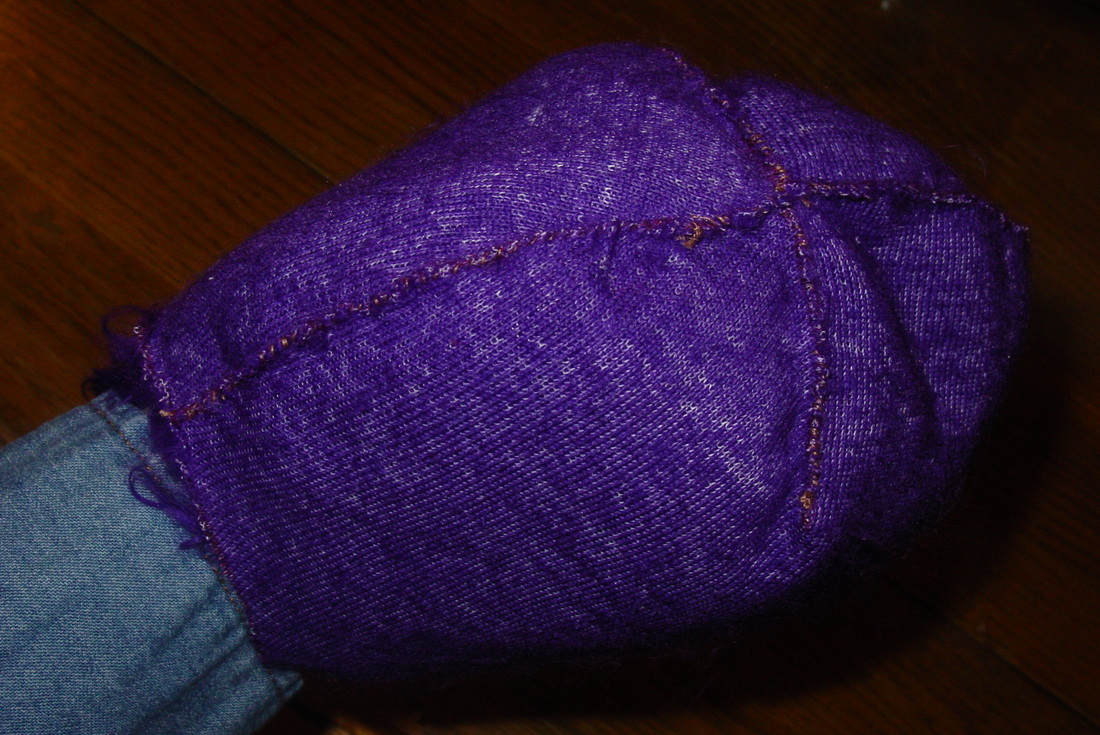
The head pieces sewn up, still inside out.
Tonight, I sewed up the head pieces. Beginning with the darts on each head piece individually I pin the dart sides together. I use a whip stitch to sew them up on the backing side. Then I pin the two halves together (fur side in) and whip stich all the way up from the neck hole to the mouth opening. I then sew up the pieces that will become the chin. Now, I get to turn it right side out to see how it looks! Yay! At this point I also like to "test out" the foam inside the head to see how everything fits so far. It looks great, so tomorrow I will turn it inside out again and continue with the body panels.
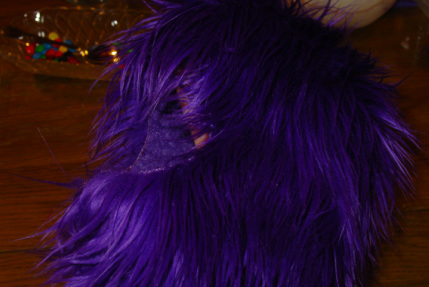
The head fur fabric right side out.
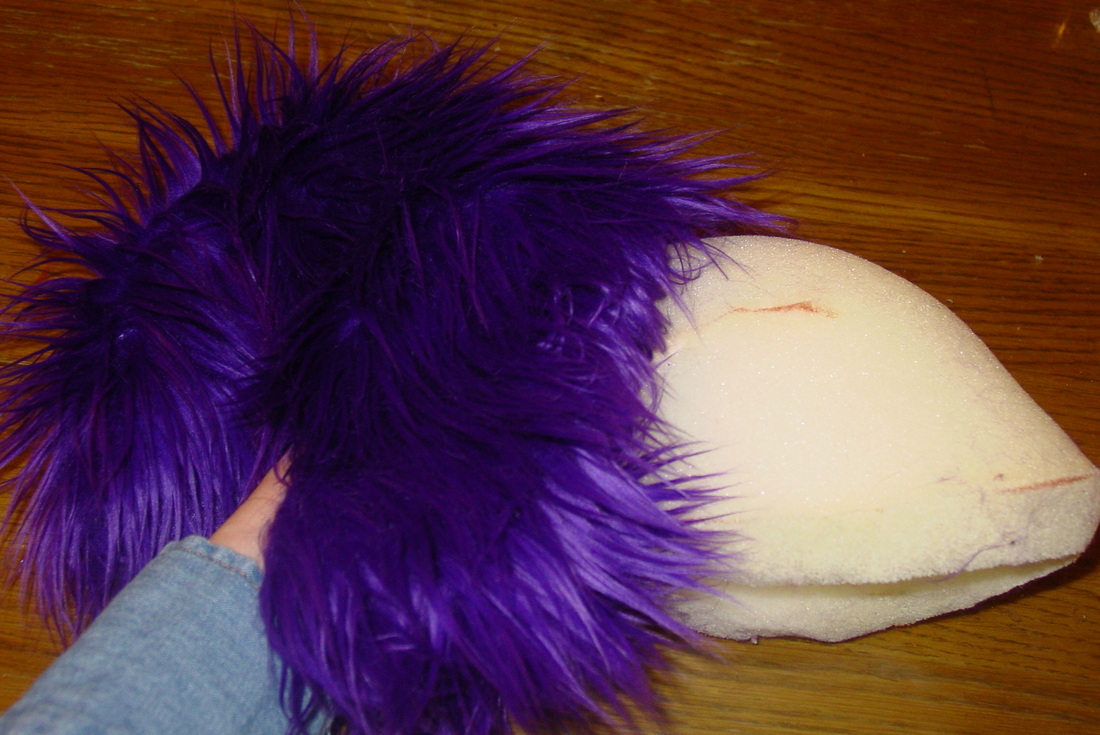
Putting the foam "skull" into the head for a test.
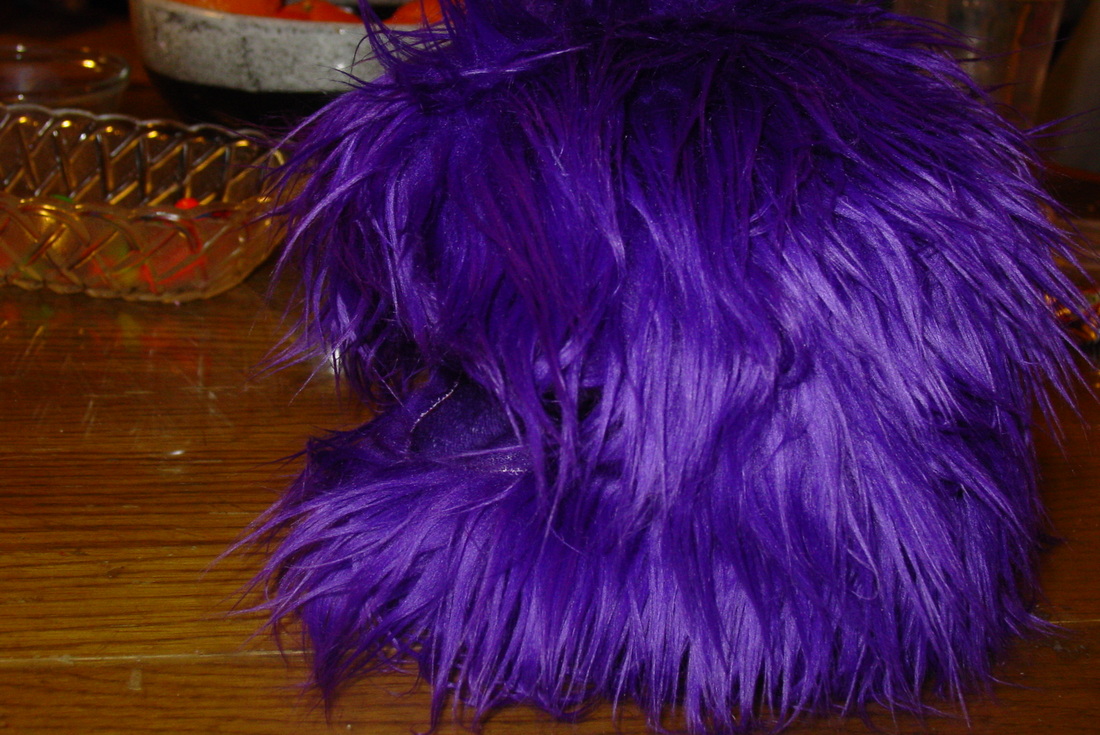
The fur fabric with the foam skull in it, fits well.
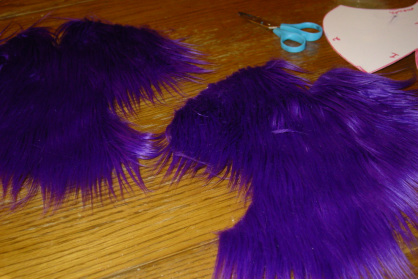
The fur all cut and ready to go for the head of the furry monster puppet!
The fur just arrived yesterday, so I'm off and cutting. But first- I got the best tip right here on the blog from Amy Sue and I just have to pass it on! She mentioned cutting patterns out of plastic to make them last. So awesome! I picked up some placemats at the dollar store, traced my patterns on them, and cut them out. So easy, and so amazing. Thanks, Amy Sue!
A couple tips on cutting out fur-
1. Make sure the nap is all going the right direction when you put the pattern down. (The fur will look terrible if it is sewn together in different directions!)
2. When you are cutting, only cut the bottom fabric that the fur is attached to. This is done easily using small snips.
3. Always remember to flip the pattern over to cut "the other side of the head" instead of creating 2 left sides or right sides. I know it sounds simple and silly, but I've done it. :)
I usually get all of my fur cut out before I start any sewing, so I'll wait and get started on the sewing tomorrow.
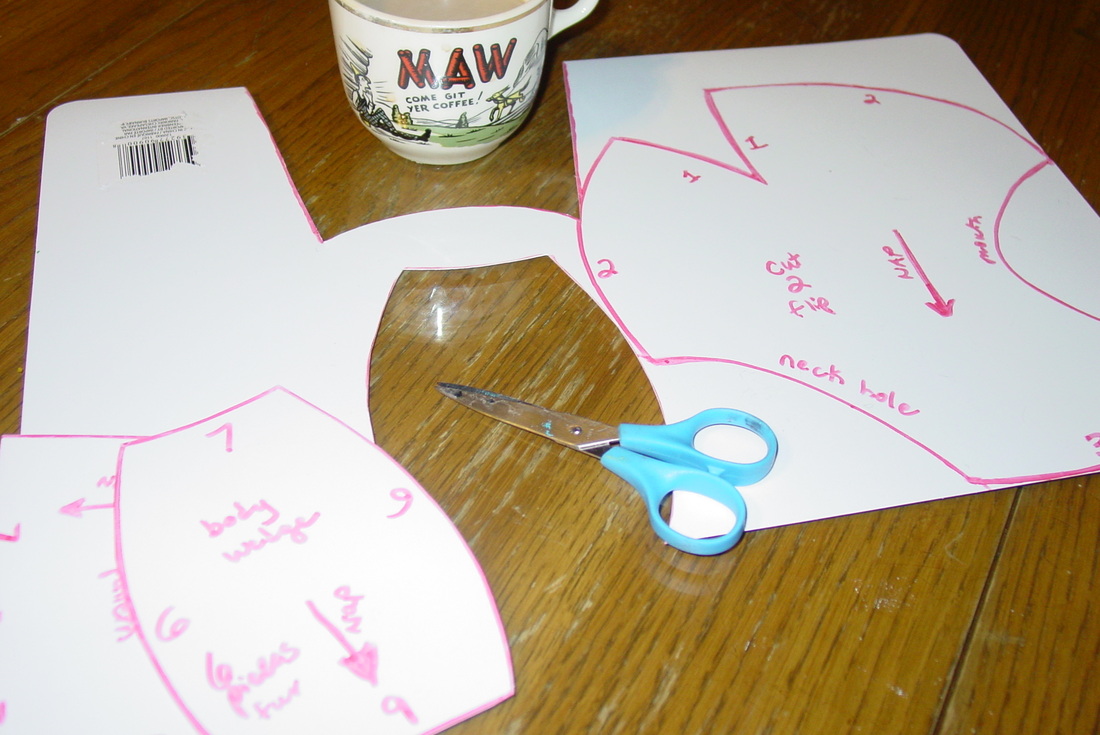
Plastic place mats- super cheap investment in the life of your patterns.
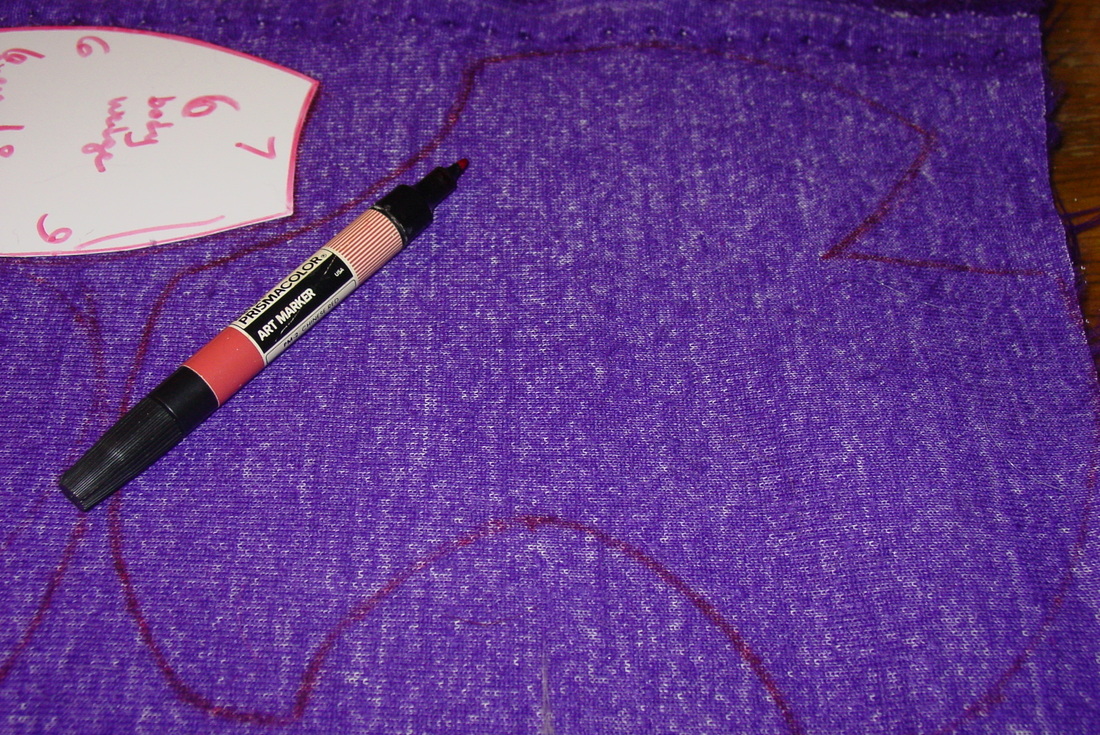
I usually trace my patterns onto the fabric with a marker. If it is a light fabric, I will use a chalk or something that disappears easily.
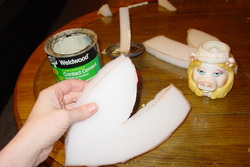
one of the halves of the foam "skull"
My next step in the process is cutting out all the foam pieces. Laying out the patterns on the foam, I try to get the least amount of waste as possible. For one puppet of this sort, I usually end up using about 16" wide x 27" long of foam. (Save the little bits- I'll show you later some fun things you can make with them.) Watch carefully when putting down the pieces, some will need to be flipped over to get the parts to lay out correctly (ie- the head pieces will need to have a left and right side) I usually use a sharp scissor, but have used a good utility knife for cutting, also. After cutting out all the pieces, apply the contact cement to the edges indicated on the pattern. I usually let it dry for about 15-20 minutes before gluing the edges together.

the foam "skull" put together
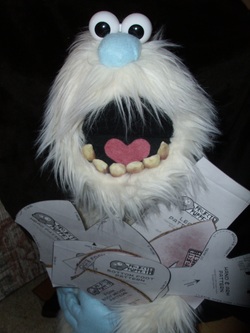
Now it's time to collect up my plethora of pattern pieces! For the monstery purple puppet, I will be using the "Mostro" pattern that I bought from projectpuppet.com . (I highly recommend their patterns- they are very complete and easy to follow!) I previously used this pattern on Brrrnadette, my teenage Yeti puppet, so it's already been cut. When I do cut out the patterns, I have found it is really helpful to use spray adhesive to mount them to a heavy cardboard. They last quite awhile longer that way, and have some weight for holding down the fur, foam or fabric that I am tracing them onto. Looks like I've got all my pieces- tomorrow we'll be cutting out the foam!


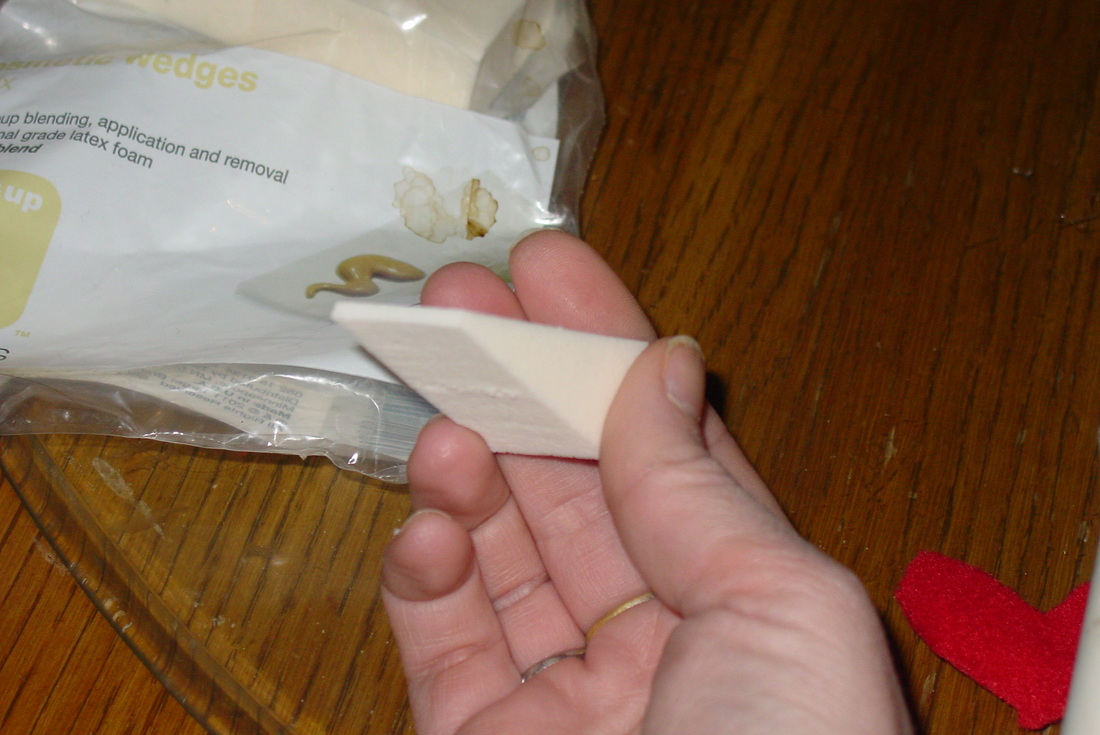









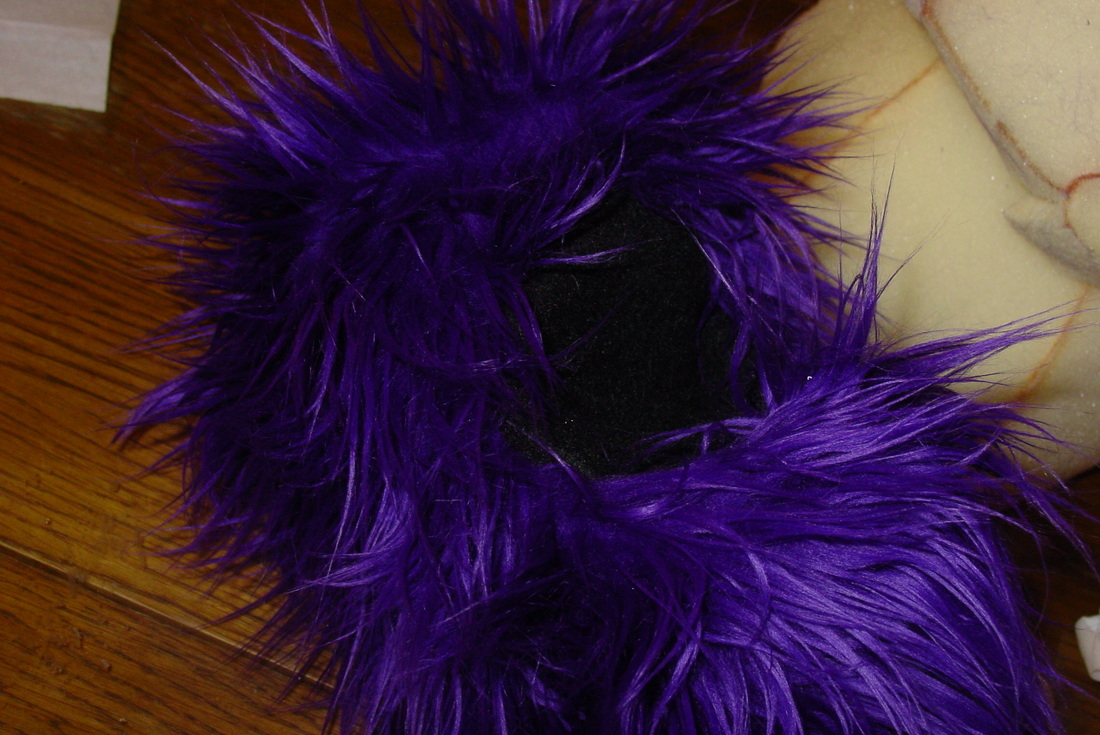
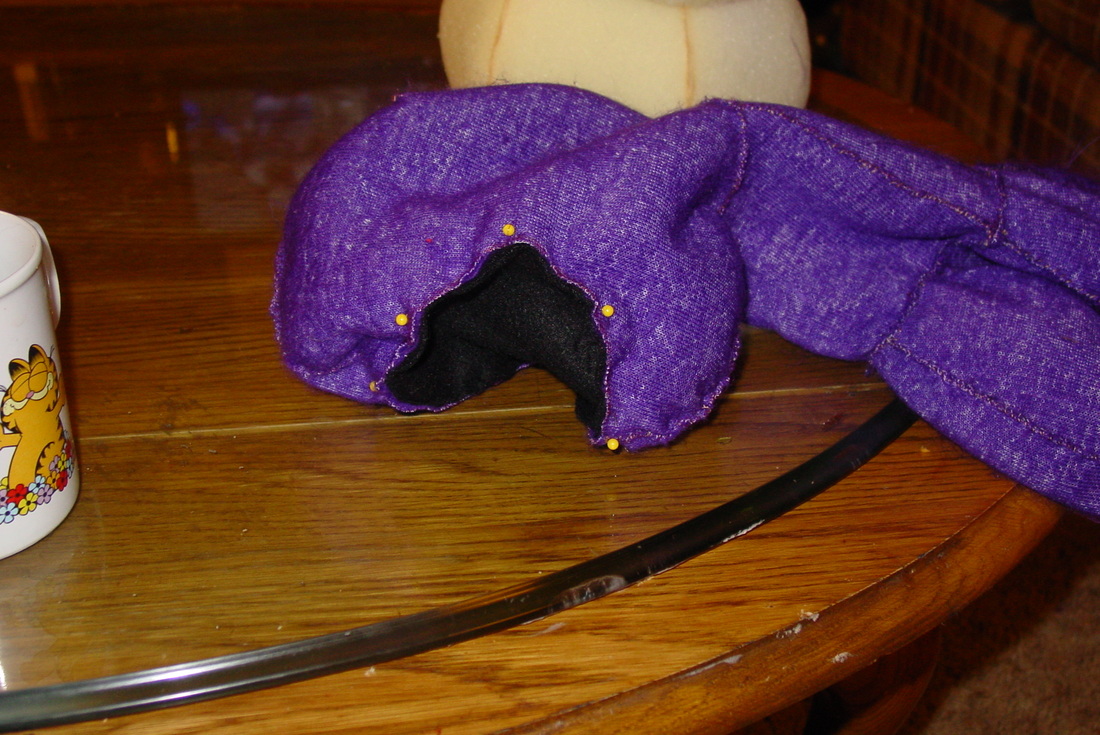
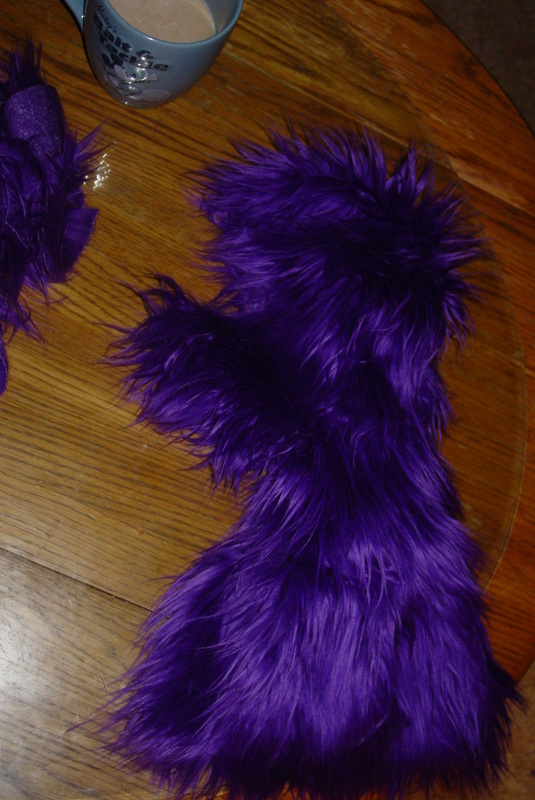
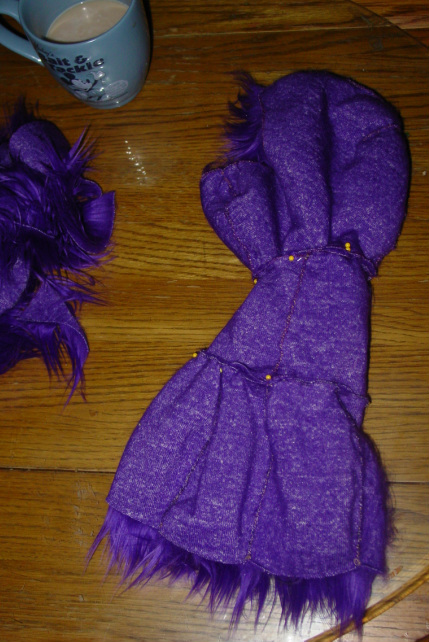










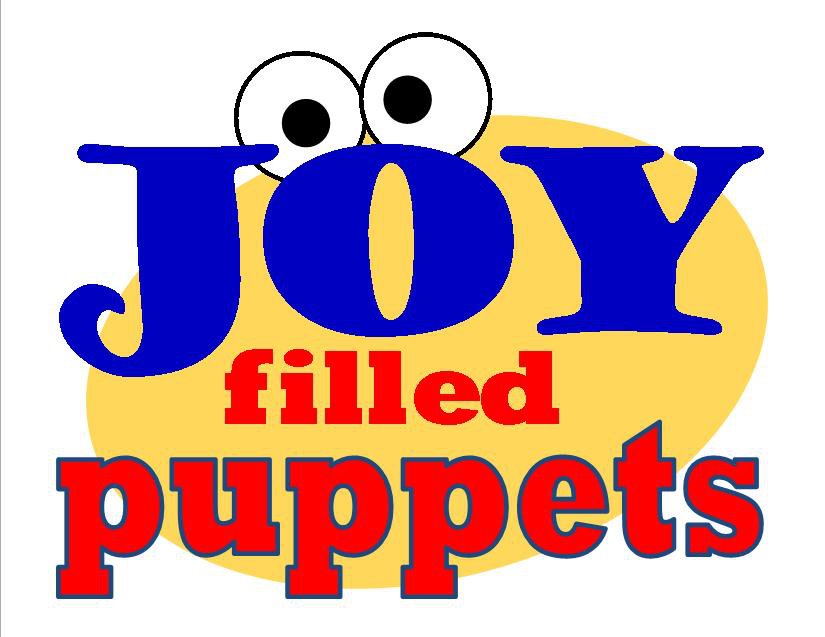
 RSS Feed
RSS Feed